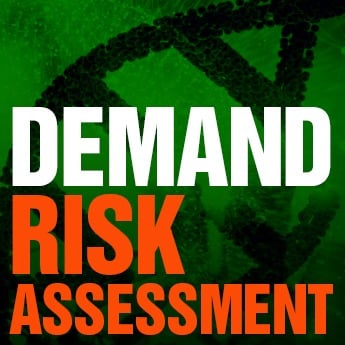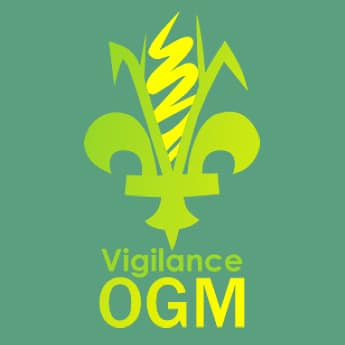UN CBD language on GE trees
The decision IX/5 (1) of the UN CBD Conference of the Parties from 2008 states:
The Conference of the Parties, Urges Parties to:
(r) Reaffirm the need to take a precautionary approach when addressing the issue of genetically modified trees;
(s) Authorize the release of genetically modified trees only after completion of studies in containment, including in greenhouse and confined field trials, in accordance with national legislation where existent, addressing long–term effects as well as thorough, comprehensive, science-based and transparent risk assessments to avoid possible negative environmental impacts on forest biological diversity; [1]/
(t) Also consider the potential socio-economic impacts of genetically modified trees as well as their potential impact on the livelihoods of indigenous and local communities;
(u) Acknowledge the entitlement of Parties, in accordance with their domestic legislation, to suspend the release of genetically modified trees, in particular where risk assessment so advises or where adequate capacities to undertake such assessment is not available;
(v) Further engage to develop risk-assessment criteria specifically for genetically modified trees;
(w) Note the results of the Norway – Canada Workshops on Risk Assessment for emerging applications for Living Modified Organisms (UNEP/CBD/BS/COP-MOP/4/INF/13);
(x) Welcome the decision of the fourth meeting of the Conference of the Parties serving as the meeting of the Parties to the Cartagena Protocol to establish an Ad Hoc Technical Expert Group on Risk Assessment and Risk Management that is also mandated to address the issue of genetically modified trees;
(y) Collaborate with relevant organizations on guidance for risk assessment of genetically modified trees and guidance addressing potential negative and positive environmental and socio – economic impacts on the conservation and sustainable use of forest biodiversity associated with the use of genetically modified trees;
(z) Provide the available information and the scientific evidence regarding the overall effects of genetically modified trees on the conservation and sustainable use of biological diversity to the Executive Secretary for dissemination through the clearing-house mechanism;
[1]/ Where applicable, risks such as cross-pollination and spreading of seeds should be specifically addressed.






